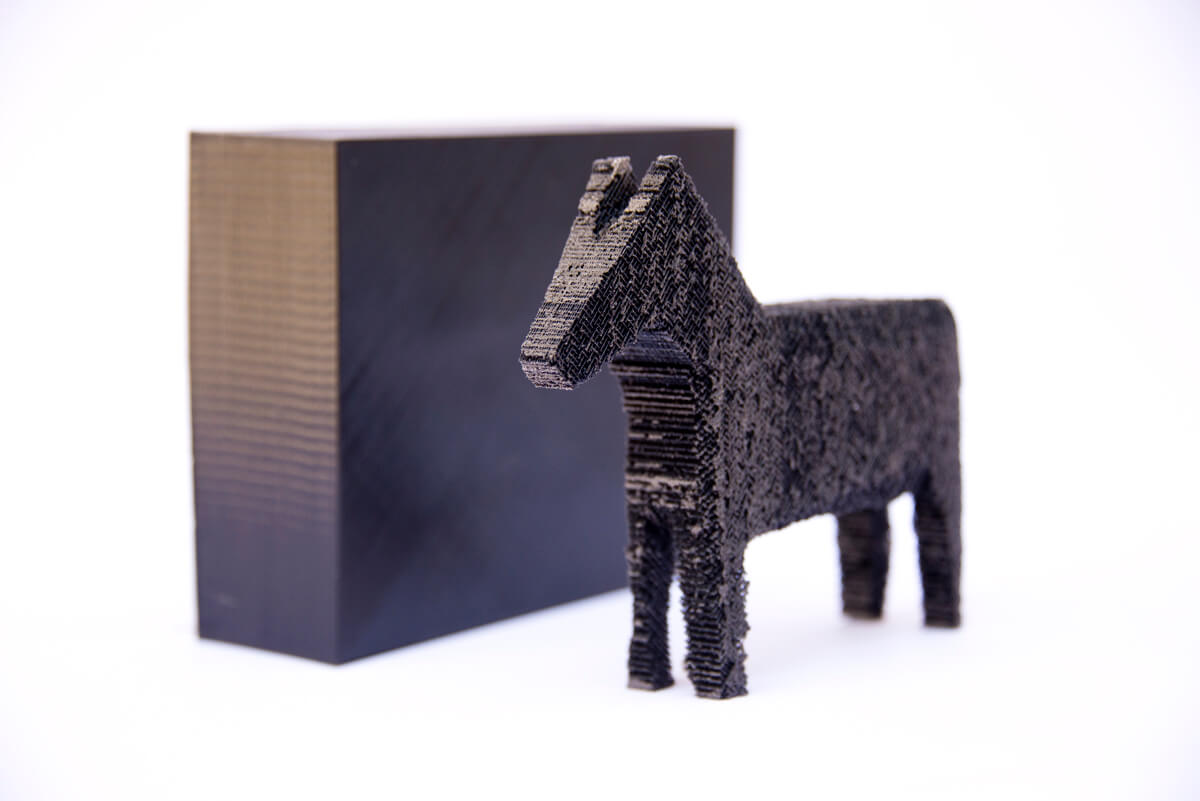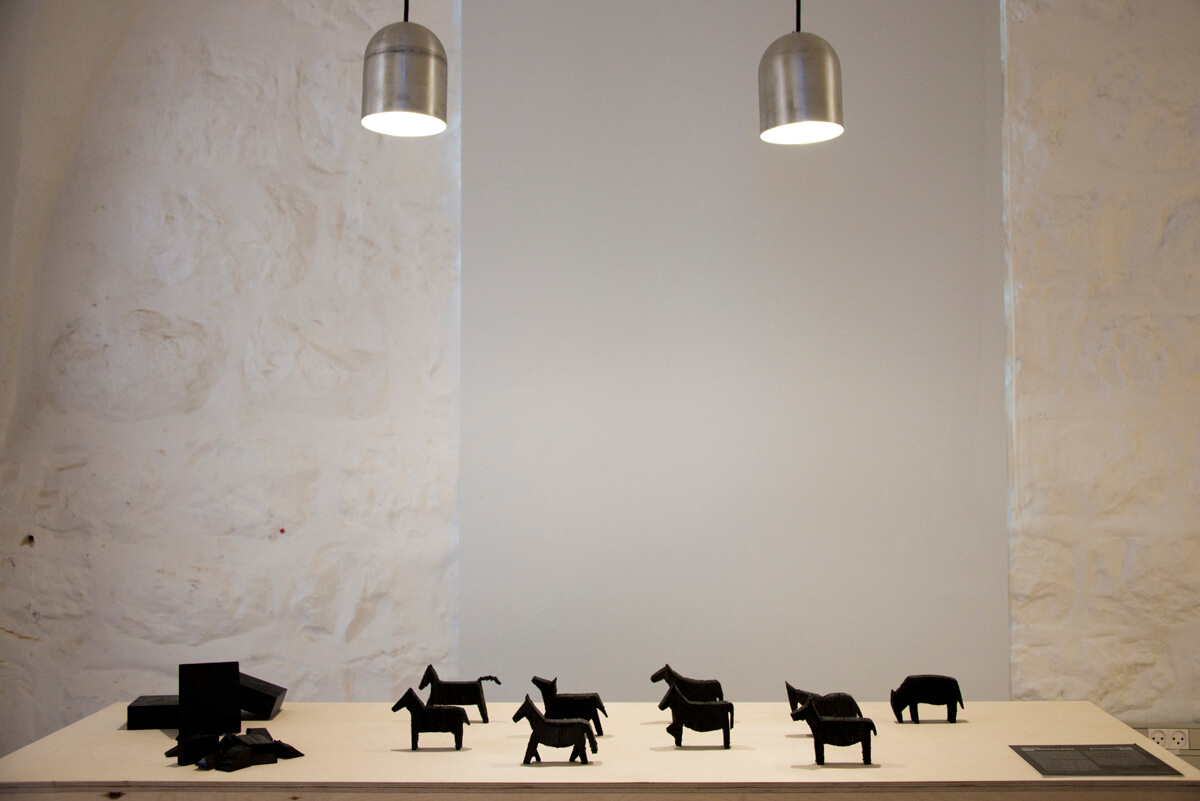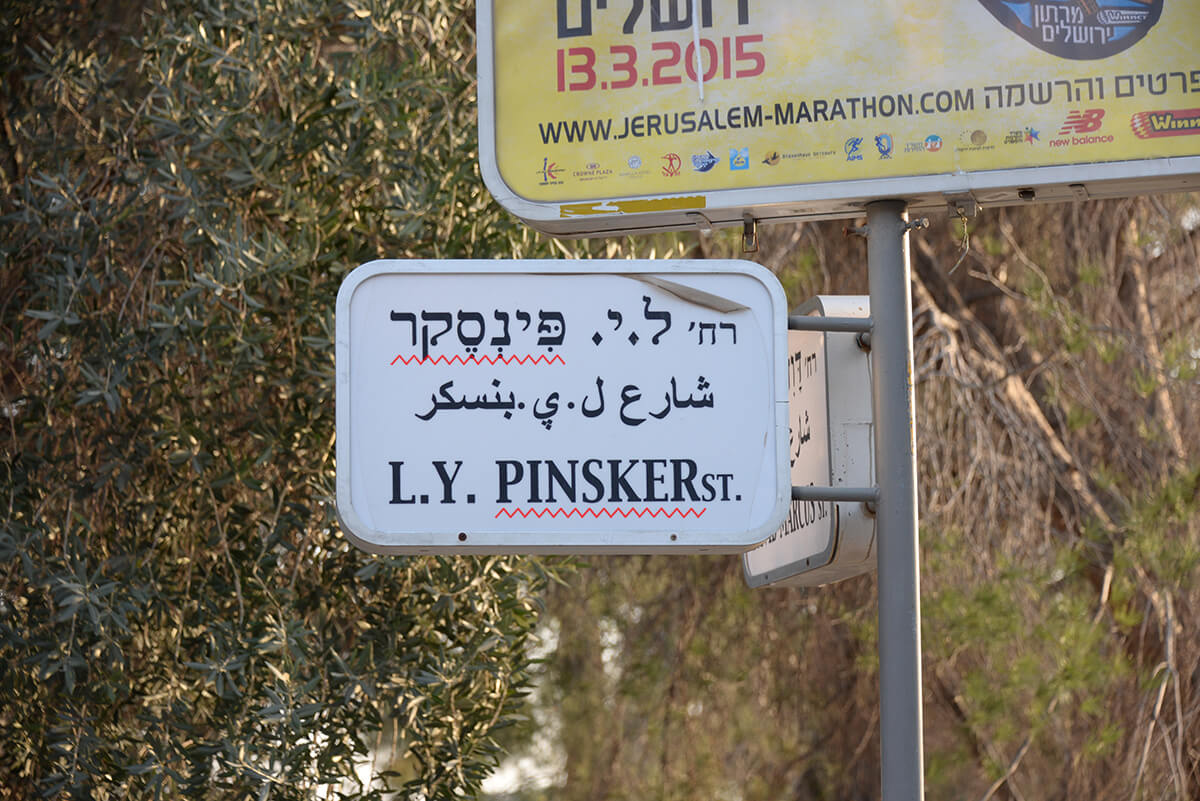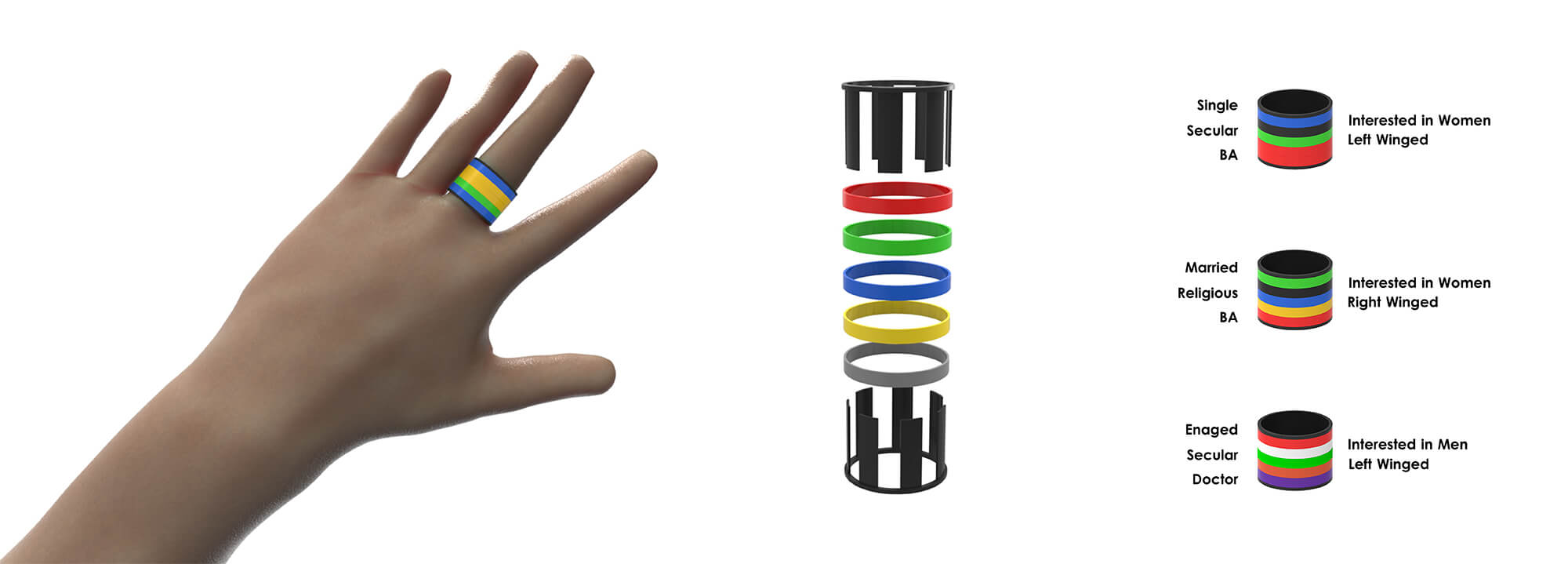Gas Outline (2021)
A Hanukkah menorah made of gas lighters.
Cheers (2021)
The Purim noisemaker "Cheers" suggests a new interpretation to the familiar act of tapping a glass of wine with a teaspoon to call attention to a speaker in a cocktail party: While in a party the purpose of the act is to create a sharp, clear sound in order to get through the screen of voices and achieve silence, during the reading the Megillah the purpose is opposite - to create a screen of noise to drown out Haman's name.
The work was made for and presented in “Noise/Makers” exhibition, Hansen House, Jerusalem, between February and March 2021.
The Possibility of a Shoe (2020)
In collaboration with fashion designer Eilam Hanoch Shahaf.
The work perceives the boot as an organic unit, consisting of potential for many sorts of shoes. In other words, we assumed that cutting out different parts from the same type of boot will result in different kinds of footwear: flip-flops, sandals, clogs, short shoes, high shoes, sneakers, etc. During the working process we cut 8 pairs of black rubber boots and each time created different shoes - some are more practical, some more experimental. The result is a family of footwear sharing the same rubber boot as a prototype, and maybe also suggesting a new way to reuse old boots in a new act of fashion.
The work was made for “On and Beyond” exhibition, The Farm Gallery, Holon. The exhibition was postponed due to the COVID-19 pandemic and currently is planned to be opened during October 2021.
Oasis (2019)
Oasis is the result of a small experiment of carving complex textures in wood and sand casting. It aims to create a feeling of a tiny section transported from a desert and into your living room. In the near future it might become a small-production-series project.
AVI (2018)
The Analog Voice Interrupter (or in short - AVI) is an experimental instrument aiming to mechanically imitate an “Indian Shout” - a voice manipulation often made by children with their hands. The instrument’s speed is controlled manually by a simple potentiometer.
Digital Fabrication in Analog Hands (2017)
In the autarkic studio, the designer sits alone with his 3D printer and prints all his needs. But what if he feels a need to touch the material? Work it with his own hands? His entire practice depends on the printer and there are no other materials around. What is he to do? Instead of using it as a means for creating the actual objects, he will use it as a means for producing raw materials meant to be processed by hand. He will print a brick of material and treat it as he would a wood panel, aluminum profile or a piece of fabric.
Mispelled (2015)
Many programs and word processors use an automated dictionary in order to locate spelling errors. These automated dictionaries notify the errors by marking them with a zigzag red underline. As anyone who has tried to use these types of programs knows, they are far from perfect, often identifying a correct word as an error simply because they don't "know" them. This zigzag red underline - symbolizing the imperfect aspects of technology and its true inability to fully understand or mimic nuances of language and culture - is the center of this piece.
Self-Portraits Machine (2013)
To what extent can a person describe himself wholly and accurately? The question of man's ability to know reality as it is has repeatedly come up along the history of human thought and has been discussed thoroughly in philosophic writings through the years. One of the most prominent stances on the subject is that any form of consciousness is reductive, meaning it reduces and narrows the outer or inner reality - all the more so any attempts to describe objects of consciousness such as artistic expression.
Copy-Flame (2012)
"He who receives an idea from me, receives instruction himself without lessening mine; as he who lights his taper at mine, receives light without darkening mine". (Thomas Jefferson)
The purpose of this piece is to give a three dimensional expression to the idea that information is a form of order, and therefore can be duplicated (unlike matter or energy, which cannot be duplicated) – like the flame in Thomas Jefferson's allegory. This is an attempt to visually demonstrate the basic, radical difference between the physical world and the digital one.
Loving the Big Brother (2012)
Objects for human integration in the great digital network. Like: a smart shirt that counts the number of slaps on the back of its wearer; Follow: an overhead view mirror, that allows one to beautify for the documentation of satellites and security cameras; Profile: a customized color ring; Tag: a sticker for identifying faces from different angles.
The work was presented in "Up(to)Date" exhibition, Hansen House, Jerusalem, December '13.
Tools Symmetry Research (2011)
A morphological research of the relations between symmetry and functionality in working tools. The full document can be viewed here.
Self Repairing Objects (2010)
Series of objects which seek to chart the impairment potential as a critical point inherent to the object, and draw from it the required technology of repair: a black plastic bucket that has lost its metal handle, gained a new handle incised out of its thickened rim; a broken clothes peg regained its functionality after it was sliced in half and reassembled; a backless chair was answered by the chair’s sitting surface, shortened and displaced to the back support area; a legless coffee-table gained a new prosthesis, an interesting morphological grouping of the ends of the other legs.







































